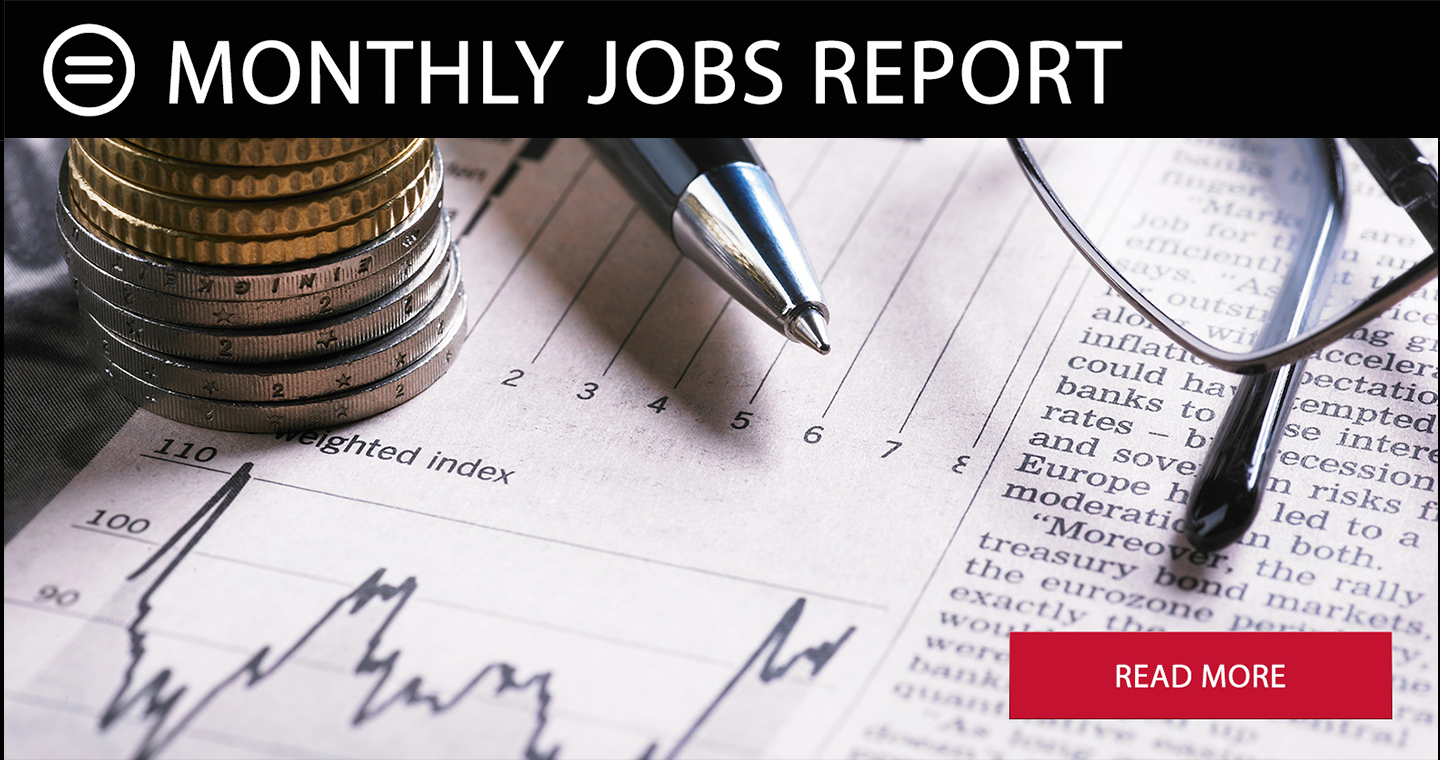July Jobs Report: A "Goldilocks" Economy

Bernard E. Anderson, PhD
Senior Economic Advisor, National Urban League and Whitney M. Young, Jr. Professor Emeritus, The Wharton School, University of Pennsylvania
This month’s Jobs Report reveals a “Goldilocks” economy: not too hot, not too cold.
The modest job growth of 187,000 staunched recent progress in narrowing the Black/white unemployment gap. While the Black unemployment rate dipped slightly to 5.8%, the small magnitude of the adjustments kept the gap unchanged at 1.81 to 1.
Vigorous job creation since the pandemic narrowed the Black/white unemployment gap from 2:1 to a low of 1.6 to 1 in April. Black unemployment has remained consistently higher than among any other racial or ethnic group, a condition that has changed little since the March on Washington for Jobs and Freedom 60 years ago this month. Little progress has been made in removing the barriers to the full equitable integration of Black Americans in the U.S. economy.
Moreover, the Black/White median wage gap remains stuck at 22. % since 1979. The unemployment gap narrows when monthly job creation exceeds 300,000 while the wage gap fluctuates up and down on an asymptotic statistical line over time, but never reaching equality. Persistent racial labor market inequality crimps stable, balanced economic growth and diminishes the quality of life for millions of Black families.
Half the 197,000 jobs added in July were in two industries: health care and social services. Leisure and hospitality, the industry that lost the most jobs during the pandemic, gained only 17,000 jobs. Manufacturing and professional business services lost jobs, and there was little or no change in employment in other major industries.
At 4.4%, wage growth continued at a level that sustains moderate consumer spending but constrains the effort to reduce inflation. The mixed jobs report is likely to have little impact on financial markets but will increase uncertainty about the path the federal reserve should follow in setting monetary policy aimed at reducing inflation to the 2.0 % target.
In response to the inflation surge, the Fed shifted rapidly to a regimen of rate increases coupled with trimming its security portfolio, an action that reduced the money supply while sustaining higher interest rates. The increase in rates cascaded down to interest sensitive sectors of the economy. Home sales took a hit in response to higher mortgage interest rates; rents also rose. But high mortgage rates seem to be bottoming out with home sales and new construction improved somewhat since the start or 2023.
Federal Reserve officials repeatedly announced their goal to keep raising rates until inflation declines to the long-term goal of 2.0 percent. The forward guidance is intended to influence actions by financial market participants and stabilize consumer expectations for future price.
In July the Personal Consumption Expenditure Index (PCE), the measure the Fed uses to set monetary policy, rose 4.1 %; core PCE, which excludes food and energy, rose 3.6 percent. CPI rose 4.5 %; core CPI, 4.0 Percent.
Inflation is moving in the right direction but FOMC is not convinced that the trend is sustainable. Fir that reason, the Fed raised interest rates 25 basis points in July to 5.25 to 5.50 while promising to monitor incoming data to determine if the time has come to pause on further rate increases. Chairman Powell added that the economy is on the path to achieve price stability without generating a recession.
Economic performance shows the benefit of policymakers working together to address unexpected shocks. For example, the banking system avoided a calamity following the failure of SVB and First Fidelity – problems attributed to management’s failure to manage interest rate risk when rates increased in 2022. The Federal Reserve, FDIC, and the Treasury worked jointly and decisively to stop a run on regional banks, assure the availability of liquidity, and restructure the troubled banks. The banking system is now stable and resilient.

